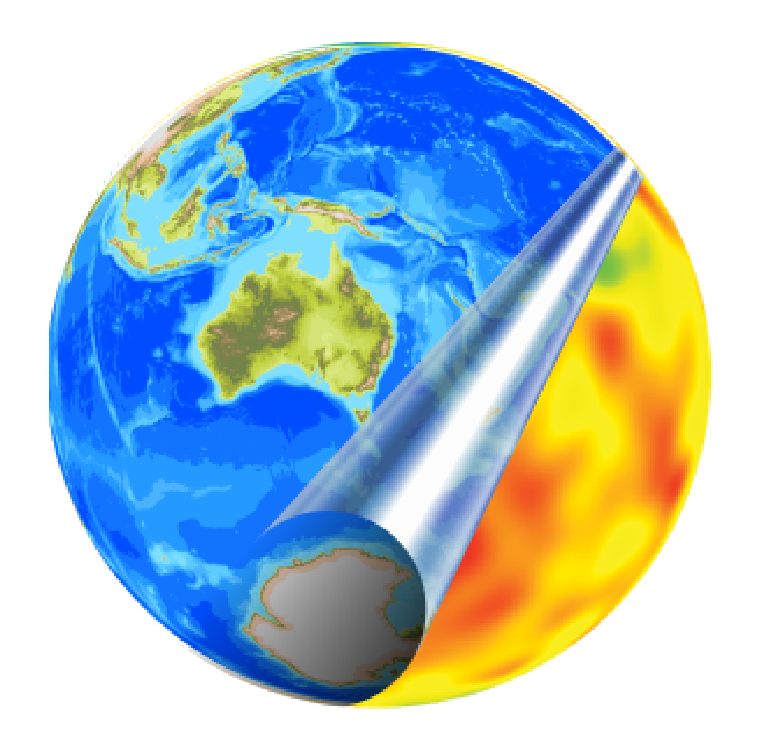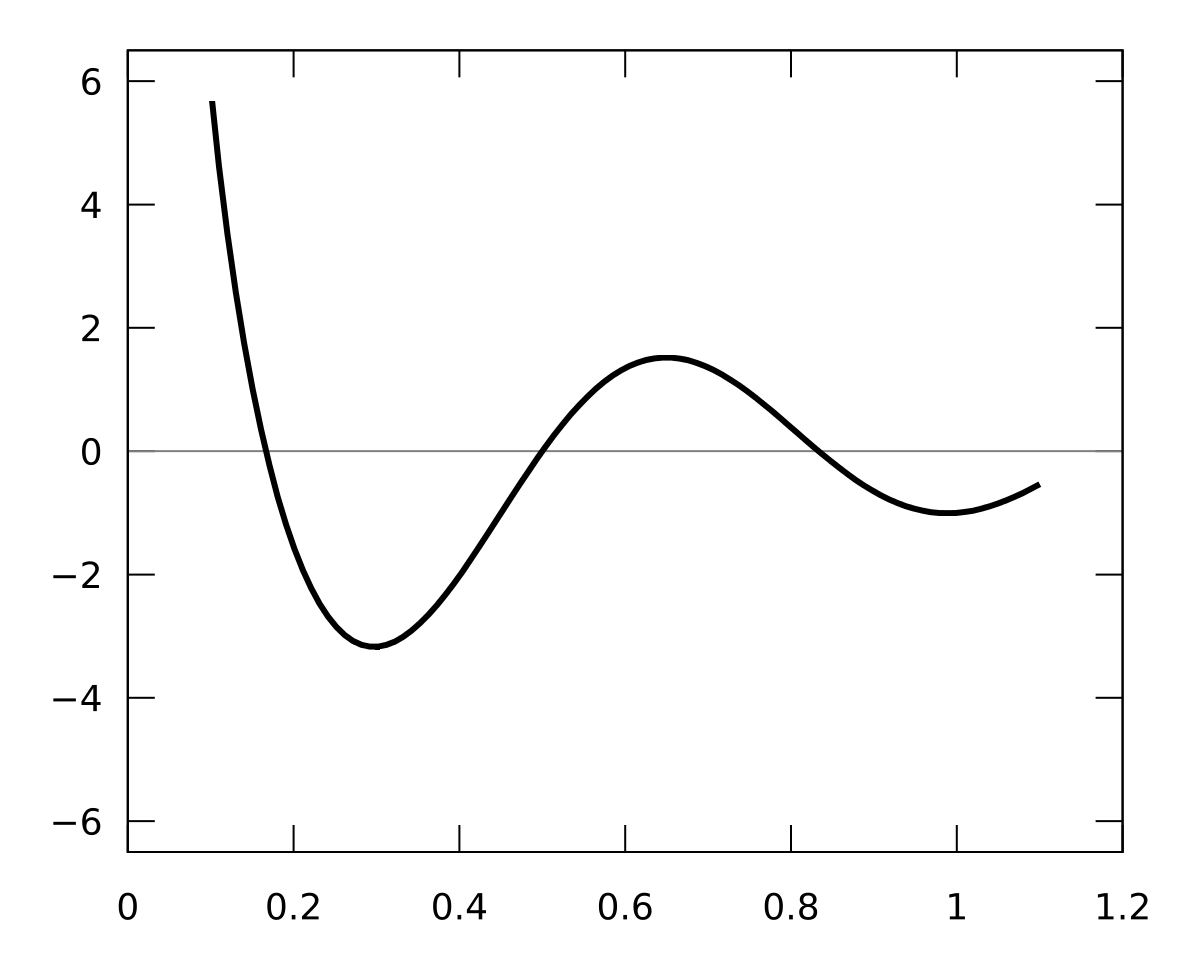All models are wrong
Testing your assumptions
Dr. Ben Mather
EarthByte Group
University of Sydney




Essentially, all models are wrong,
but some are useful.
- Box & Draper
Empirical Model-Building and Response Surfaces (1987)
@BenRMather
A Newspoll conducted shortly before the federal election predicted a Labor victory 53% to the Coalition's 47% on a two-party preferred preference

@BenRMather
After election night
When it comes to the opinion polling, something’s obviously gone really crook with the sampling
both internally and externally.
- ABC political editor Andrew Probyn


Example:
Line of best fit
- Linear?
- Quadratic?
- Sinusoidal?

@BenRMather
When do we make assumptions?
- Everyday life
- Whenever we interpret data
- When we predict something based on data
@BenRMather
What assumptions?
- Nature of trends
- Constant, linear, quadratic, etc.
- Correlation length scales
- Distinct populations in data
- Socio-economic classes, smokers
- geochemists, palaeontologists, flat earthers
- Presence of bias in a sample group
- People who respond to Newspoll surveys
- When we predict something based on prior experience
Good scientists will...
- Make an objective observation.
- Infer something (a hypothesis) from that observation.

@BenRMather
Good scientists will not...
- Formulate a hypothesis
- Find / assume all data that fits their hypothesis

@BenRMather
Some useful assumptions
- Newton's 3 laws of motion
- Greenhouse effect
- The first dice-roll has no effect on the second dice-roll
- The temperature in Newtown is the same as that in Marrickville
- John Farnham will perform at least one more goodbye tour

@BenRMather
BIG DATA
There are a lot of words here and most of them mean the same things.
Machine Learning = Inference
Start with the basics
- Does it pass the common sense test?
- "Bad" models can also tell you something interesting.
- Are there alternatives?
- What are you going to do with your model?

@BenRMather
Generate 50%, 95%, 99% confidence intervals using randomly drawn models


Non-uniqueness
There may be many solutions that fit the same set of observations.





Bayes Theorem
- Formally describes the link between observations, model, & prior information.
- Where these intersect is called the posterior

posterior
likelihood
prior
model
data

example of an ill-posed problem
@BenRMather
example of a well-posed problem
Data-driven
- Use the data to "drive" the model.
- Infer what input parameters you need to satisfy your data and prior information
Input parameters
Model being solved
Compare data & priors
FORWARD MODEL

Prior
Likelihood
Posterior
Inverse Model
Sampling
We can estimate the value of pi with monte carlo sampling.
from random import random
n = int(input("Enter number of darts"))
c = 0
for i in range(n):
x = 2*random()-1
y = 2*random()-1
if x*x + y*y <= 1:
c += 1
print("Pi is {}".format(4.0*c/n))Python code to run simulation

Global
minimum
Local
maximum
Local
minimum
Monte Carlo sampling

Global
minimum
Local
maximum
Local
minimum
Markov-Chain Monte Carlo sampling (MCMC)

Global
minimum
Local
maximum
Local
minimum
MCMC with gradient

Global
minimum
Local
maximum
Local
minimum
MCMC with gradient (caveat emptor!)
trapped!
Heat flow data
- Assimilate heat flow data
- Vary rates of heat production and geometry of each layer to match data
- Plug m and d into Bayes' theorem
Heat flow in Ireland
Tectonic reconstructions
- Ascertain the difference between reconstructions
- Does not take into account data uncertainty
- Sensitivity analysis / "bootstrapping"
There are known knowns;
there are things we know we know.
We also know there are known unknowns; that is to say we know there are some things we do not know.
But there are also unknown unknowns - the ones we don't know we don't know.
- Donald Rumsfeld
Former US Secretary of Defense

@BenRMather
Black swans
- Europeans thought all swans were white... until they came to Australia
- How can you ever model what you can't imagine?
- How can you test assumptions without rare events that prove them wrong?

@BenRMather
Thank you
Dr. Ben Mather
Madsen Building, School of Geosciences,
The University of Sydney, NSW 2006